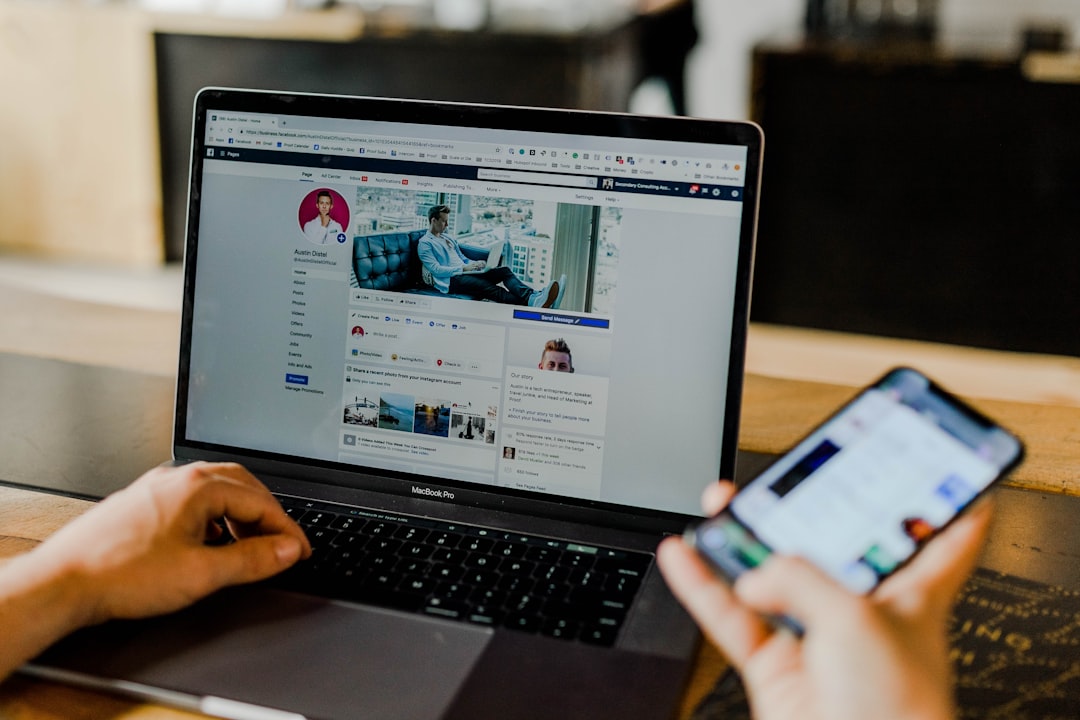Strategies for Effective Multilingual Communication in Europe

Effective multilingual communication is an increasingly vital skill in the diverse landscape of Europe. As businesses expand across borders and cultural interactions become more frequent, the ability to communicate effectively in multiple languages is essential. This article delves into strategies that can enhance your multilingual communication efforts, focusing on practical tips and real-world applications.
The Importance of Multilingual Communication
Understanding Cultural Nuances
To engage effectively with a multilingual audience, one must first appreciate the cultural nuances embedded within languages. Every culture has its own unique perspectives, values, and ways of communicating. For instance, while directness may be appreciated in some cultures, others may prefer a more nuanced approach. Recognizing these differences can pave the way for more meaningful interactions.
Building Relationships
Effective communication goes beyond mere language proficiency. It's about building trust and rapport with your audience. By learning a few key phrases in your audience's native language, you demonstrate respect for their culture and foster a positive connection. Simple gestures like this can lead to lasting professional relationships.
Strategies for Enhancing Multilingual Communication Skills
Language Training and Resources
Investing in language training can significantly improve your communication effectiveness. Whether it's through formal classes or online resources, becoming proficient in a language is invaluable. Resources such as language exchange apps or platforms provide opportunities to practice with native speakers.
Leveraging Technology
Advancements in translation technology have made multilingual communication more accessible than ever. Tools such as real-time translation apps and software help bridge language gaps during conversations or meetings. However, relying solely on technology without understanding context can lead to misunderstandings. I advise using these tools as supplements rather than replacements for direct communication.
Navigating Professional Communication Challenges
Handling Misunderstandings
In any professional setting, miscommunication is inevitable. When engaging with a multilingual audience, it’s crucial to remain patient and clarify any misunderstandings promptly. Using paraphrasing techniques can help ensure your message is understood correctly.
Politeness Strategies
Understanding how politeness varies across cultures is another critical aspect of professional communication. What is considered polite in one culture may not be in another. Employing strategies such as indirect speech acts or softened language can enhance your interactions and prevent unintended offenses.
Engaging Your Audience Through Tailored Content
Personalizing Your Messaging
When communicating with a multilingual audience, personalizing your content to match their preferences can yield better results. Adapting marketing messages to suit different demographics enhances engagement and makes your audience feel valued. This could mean translating materials or using culturally relevant examples that resonate with specific groups.
Utilizing Visuals and Multimedia
Incorporating visuals into your communication strategy can transcend language barriers effectively. Graphics, charts, and videos can convey complex ideas quickly without relying solely on text-based communication. For example, using infographics simplifies data presentation, making it accessible to non-native speakers.
Best Practices for Fostering Multilingual Spaces
Developing a Multilingual Policy
Creating an organizational multilingual policy signals commitment to effective communication across cultures within teams. This document guides employees on best practices, preferred languages for internal communications, and resources available for enhancing language skills.
Encouraging Intercultural Exchanges
Encouraging team members from different linguistic backgrounds to share their experiences promotes workplace inclusivity and enriches the organizational culture. Setting up buddy systems or language exchange programs fosters mutual learning and helps break down communication barriers.
Wrap-Up of Effective Multilingual Communication Strategies
- Understanding cultural nuances enhances interaction.
- Investing in language training improves proficiency.
- Leveraging technology can streamline communication.
- Handling misunderstandings with grace is necessary.
- Personalizing messaging increases engagement.
- Utilizing visuals complements verbal communication.
- Developing a multilingual policy promotes inclusivity.
- Encouraging intercultural exchanges enriches workplace dynamics.
Mastering multilingual communication requires continual effort and adaptation. By applying these strategies, you cultivate an environment conducive to effective dialogue across linguistic divides. Strive for deeper connections—embracing diversity not only enhances professional relationships but also enriches our shared experiences in this vibrant multicultural landscape of Europe. Pour ceux qui cherchent à approfondir leur compréhension des langues et de leur usage dans divers contextes, dictionaronline.eu se révèle être une ressource précieuse pour des outils linguistiques diversifiés et enrichissants.




